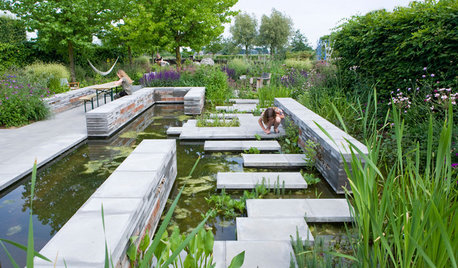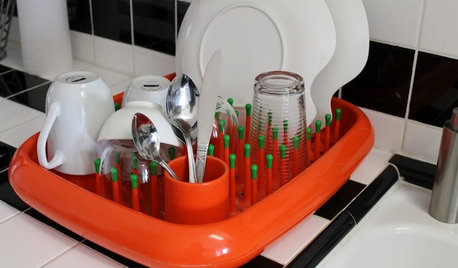What are the most common problems encountered with peace lily's?
topshopper19
9 years ago
Related Stories

LANDSCAPE DESIGNProblem Solving With the Pros: How to Build a Garden in an Urban Canyon
Skyscrapers, noise and deep shade create an unlikely sweet spot for a timeless green retreat in New York City
Full Story
LANDSCAPE DESIGNProblem Solving With the Pros: A Garden Built From Scratch
Nature is reintroduced and redefined in a Dutch urban setting, to forge a dynamic relationship with city dwellers
Full Story
CLOSETSThe 15 Most Popular Closet Luxuries on Houzz
Turn distressing disarray into streamlined perfection with closet organizers and amenities like these
Full Story
BEDROOMSThe 20 Most Popular Bedrooms of 2015
Whether expansive and luxe or tight and cozy, Houzzers’ favorites are places where we’d fall asleep as soon as our heads hit the pillows
Full Story
LIFE13 Ways to Keep the Peace With Roommates
A few ground rules will help you sidestep conflicts over dirty dishes, laundry, decorating, groceries and more
Full Story
HOUZZ TOURSMy Houzz: Peacefulness and Pugs in Tampa
Soothing colors and cushy furniture make for a comfy-cozy apartment for a shop owner and her pets
Full Story
VACATION HOMESHouzz Tour: A Peaceful Lake House Rises From the Rubble
Crashing trees left this Vermont home uninhabitable, but a redesign made it better than ever
Full Story
LANDSCAPE DESIGNDesign Your Landscape for Peace and Quiet
Block unwanted noise with plantings, barriers and water features for a more soothing outdoor experience
Full Story
CONTRACTOR TIPSThe 4 Potentially Most Expensive Words in Remodeling
‘While you’re at it’ often results in change orders that quickly add up
Full Story
THE HARDWORKING HOMESmart Ways to Make the Most of a Compact Kitchen
Minimal square footage is no barrier to fulfilling your culinary dreams. These tips will help you squeeze the most out of your space
Full StorySponsored
Central Ohio's Trusted Home Remodeler Specializing in Kitchens & Baths
More Discussions









christine1950
bkempress
Related Professionals
Montgomeryville Landscape Architects & Landscape Designers · Sand Springs Landscape Architects & Landscape Designers · Gainesville Landscape Contractors · Bedford Heights Landscape Contractors · Columbine Landscape Contractors · Desert Hot Springs Landscape Contractors · Forest Hills Landscape Contractors · Gainesville Landscape Contractors · Lake Worth Landscape Contractors · Mequon Landscape Contractors · Newberg Landscape Contractors · Oak Forest Landscape Contractors · Pleasant Hill Landscape Contractors · San Rafael Landscape Contractors · Mansfield Interior Designers & Decoratorstapla (mid-Michigan, USDA z5b-6a)
User
lynngun
lauraeli_
stewartsjon
tapla (mid-Michigan, USDA z5b-6a)
lauraeli_